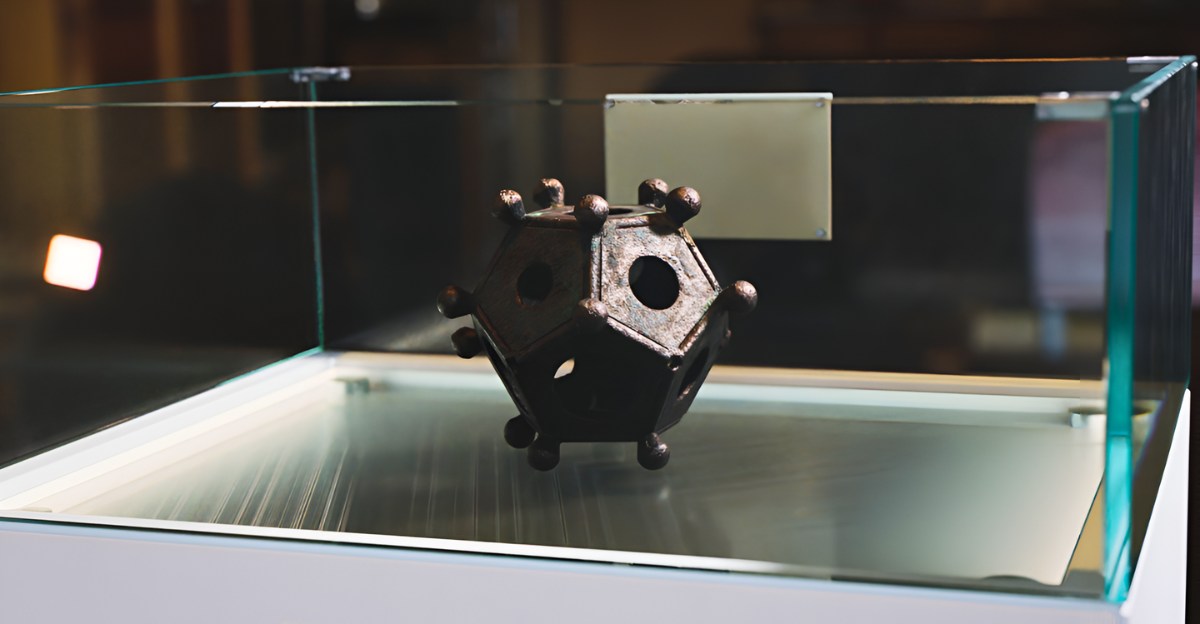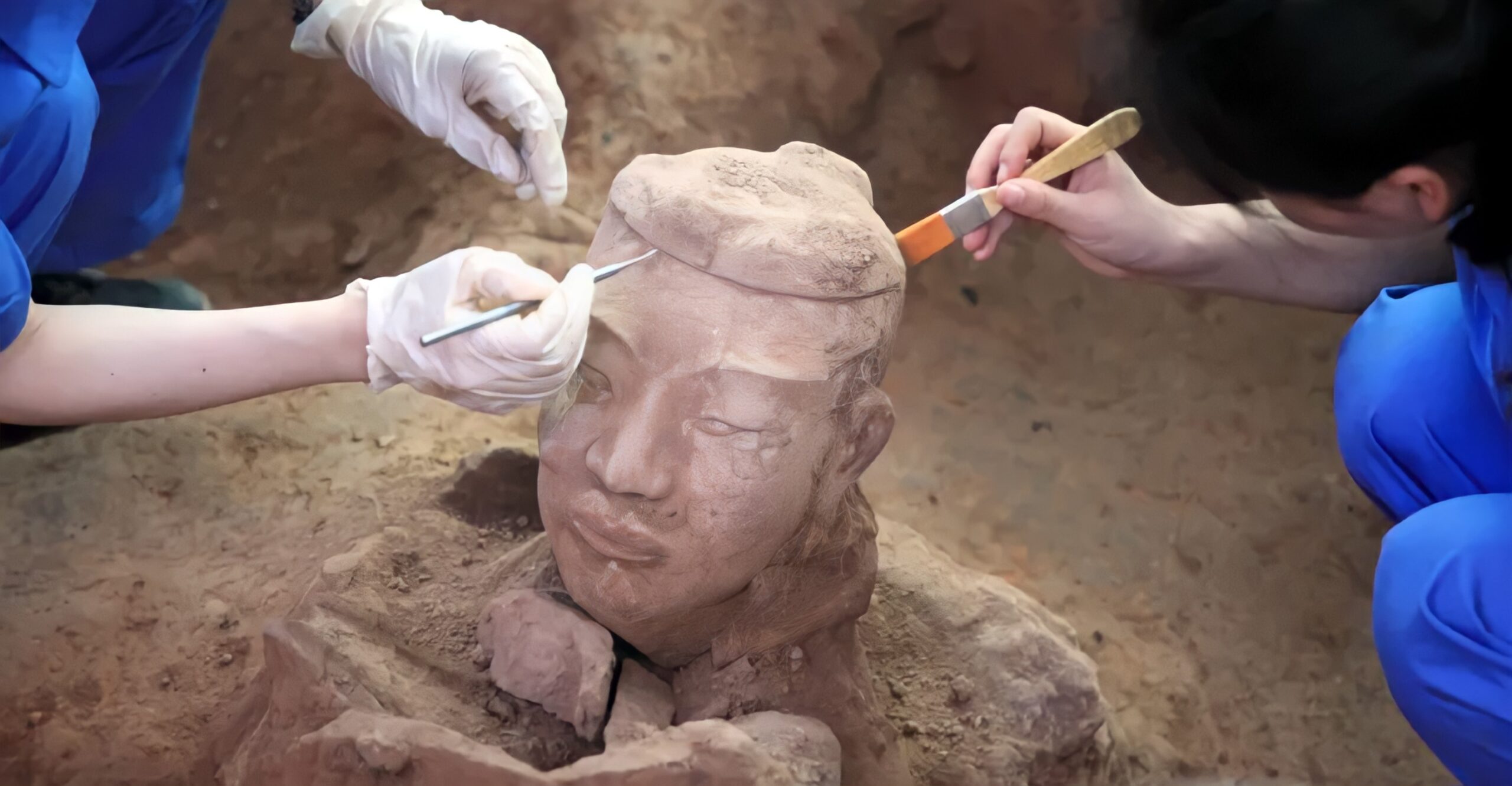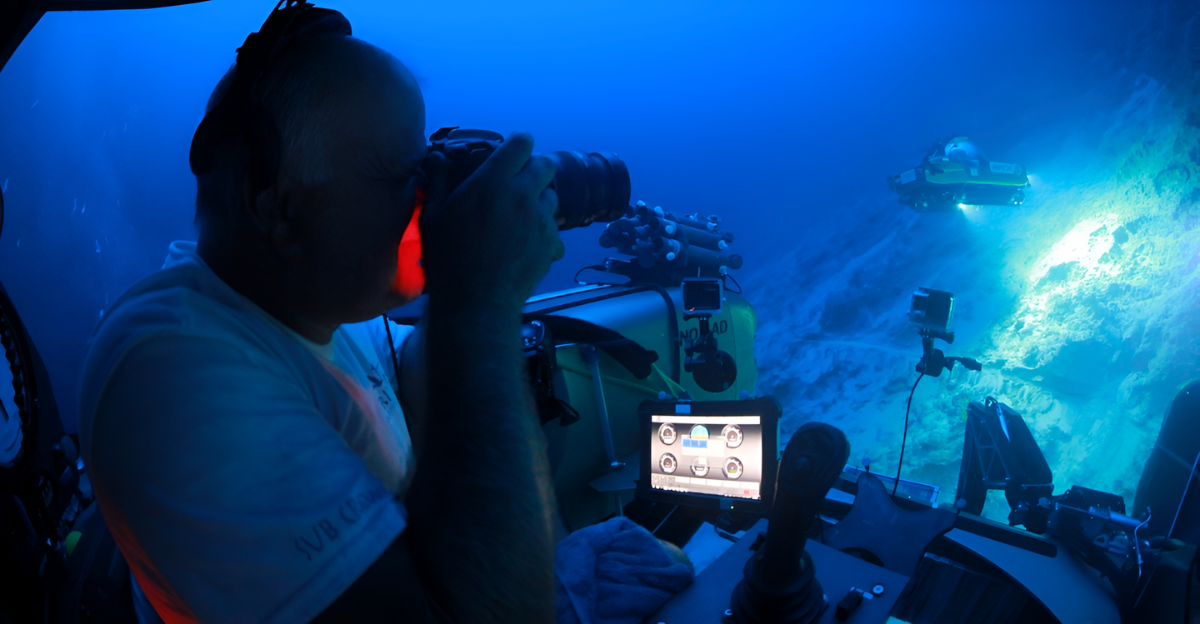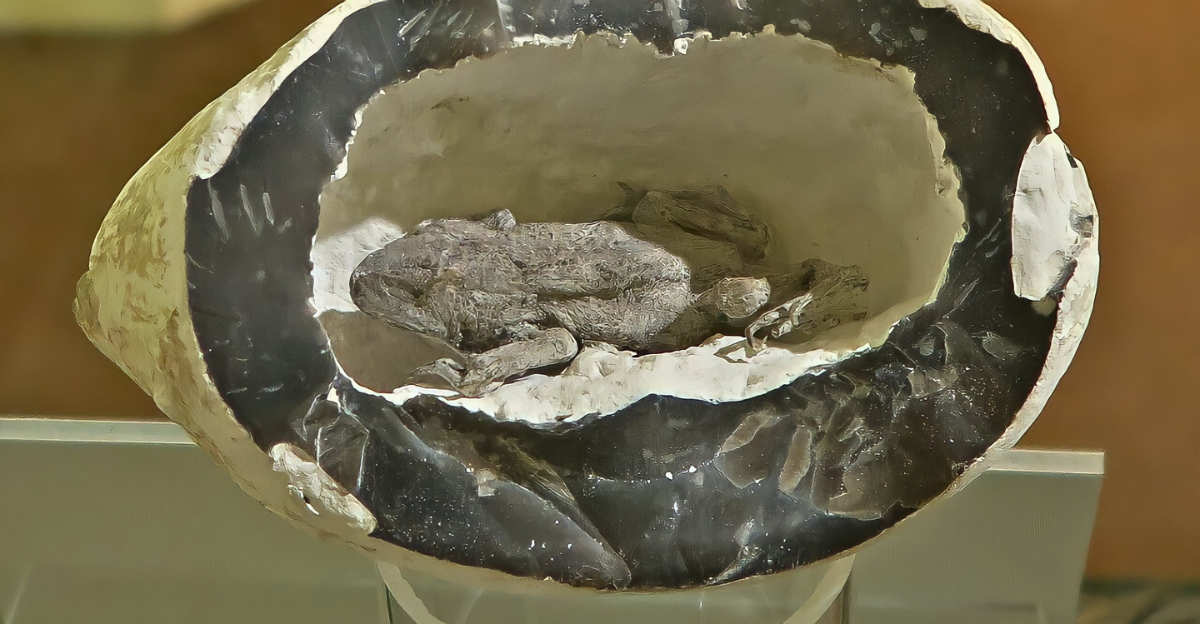
You’re standing in a quarry. You raise your hammer and crack open a rock, and instead of stone dust or mineral veins, a live frog stumbles out. Pale, blinking, very much alive. It’s a scene from the surreal, yet versions of this moment have appeared in eyewitness reports, folklore, and newspaper headlines for over 300 years.
From Victorian London to rural Texas, from flint nodules in Sussex to sandstone in Sweden, the phenomenon is always the same: a toad, entombed in stone, suddenly revealed, and somehow, impossibly, alive.
A Legend Carved in Curiosity

These stories first surfaced in the 1700s, spreading through mining towns and into scientific circles. Quarrymen swore they’d seen frogs leap from slabs of limestone or sandstone with no visible cracks. Some claimed the creatures had been locked in for decades or millions of years.
Smithsonian Magazine notes that many naturalists of the time took these reports seriously. With no firm understanding of geology, biology, or how long frogs could hibernate, the idea seemed plausible enough to question.
Science Meets the Strange

Long before the Victorians turned frog-in-stone stories into tabloid gold, the French Academy of Sciences were already intrigued. In 1719, they documented a live toad found inside the hollow trunk of an elm tree, strange enough to warrant official attention.
Then in 1771, the Academy sealed live toads inside carved blocks of plaster and wood. When opened three years later, some toads were still alive. It wasn’t exactly rock entombment, but it hinted at the creatures’ freakish resilience and gave early scientific credibility to what would soon become a full-blown mystery obsession.
The Brighton Toad

In the late 1800s, Charles Dawson presented what he claimed was a fossil nodule with a live toad sealed inside. The problem? Dawson would later be exposed as the forger behind the infamous Piltdown Man hoax.
Like Piltdown, the Brighton Toad was likely fabricated for fame. Still, it fed public fascination, and some newspapers printed the story as fact. It wouldn’t be the last time scientific fraud met a willing audience.
Buckland’s Grim Experiment

Curious but skeptical, geologist William Buckland decided to test the idea with a simple experiment. In the 1820s, he sealed live toads in porous and airtight blocks of sandstone and limestone. Weeks later, when the stones were opened, the results were precise: only the toads in porous rocks survived, and only for a short time.
His conclusion? If a frog were truly sealed in stone, with no air or food, it could not survive more than a few days, not decades or centuries.
The Old Rip Case

One of the most famous American stories came from Eastland, Texas, in 1928. When the town opened its 31-year-old time capsule, they claimed to find a live horned toad inside. The toad, quickly named “Old Rip,” became a media sensation.
Skeptics later noted the convenient lack of witnesses when the stone was broken, and the possibility that a fresh toad had been swapped in. Still, Old Rip was embalmed and is displayed to this day in a glass coffin.
Enter Science—Exit the Mystery?

There is no verifiable, peer-reviewed evidence of any amphibian surviving for years inside a solid, sealed rock. Many geologists and biologists have studied the phenomenon and concluded that these “miraculous” cases are either misunderstood or staged.
Frogs are masters of squeezing into tight spaces, and stones. If a frog slips in unnoticed and the rock later hardens, it creates the illusion of something impossible.
When Rock Isn’t Rock-Solid
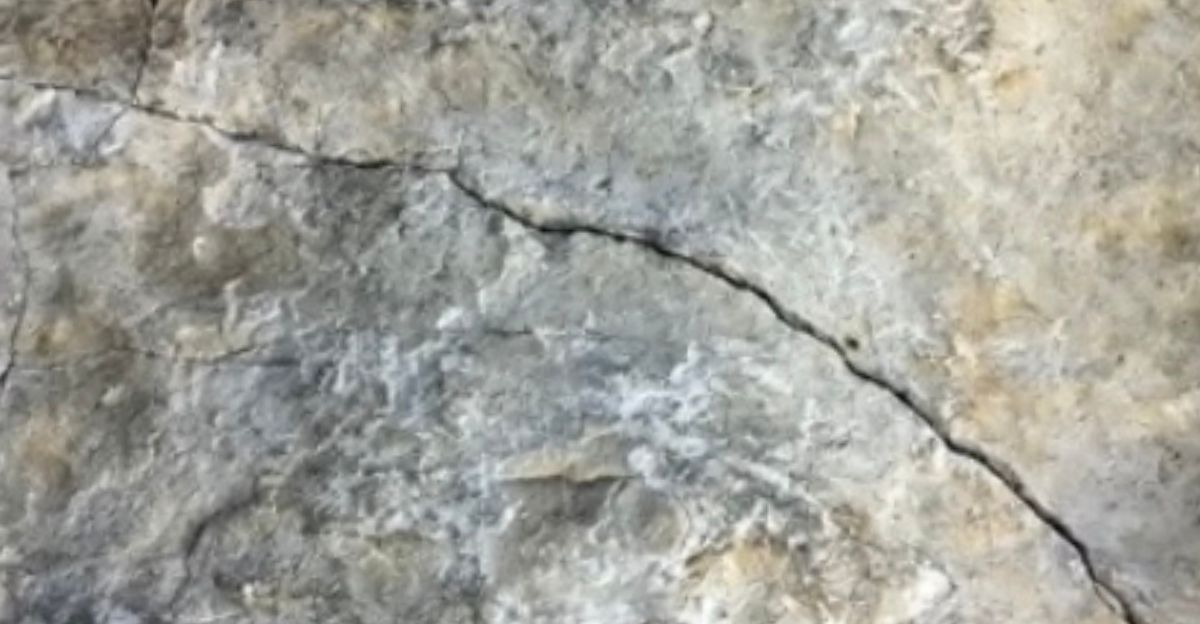
Geologists point out that many stones believed to be “airtight” are anything but. Flint nodules, for instance, form in chalk, often around hollow spaces or organic material. These spaces can be microscopic or large enough for a small amphibian to enter.
In many documented cases, frogs or toads likely crawled into these natural cavities long after the rock had formed. When a quarryman or stonemason broke open the rock later, it looked like the frog had been sealed inside for eons. But in reality, it was simply hiding.
Living Fossils—Yes, but Not Amphibians

While frogs haven’t been proven to survive long-term inside rocks, other forms of life have. Scientists have discovered bacteria inside 250-million-year-old salt crystals deep within Antarctic ice and basalt. These microbes live dormant, requiring almost no energy, water, or oxygen.
Unlike frogs, they don’t blink or leap when discovered, but survive. Their existence shows that life, in some form, really can hide in Earth’s deepest, darkest places.
Science vs. Wonder: Who Wins?

Even after being repeatedly debunked, the legend of the toad in the stone continues to resurface, on YouTube, in local lore, and even in modern books and museum displays. Why?
Because even when science gives us the answer, the mystery is more fun.
The idea of something alive in stone, of nature quietly defying the rules, appeals to something more profound than logic. It speaks to our need for awe.
Why These Stories Stick

Why do we cling to tales that defy logic?
It comes down to the psychology of belief. These stories check every box:
- A creature survives against all odds.
- Nature holds secret wonders just beneath the surface.
- A living thing emerges from ancient stone, seemingly untouched by time.
An Unopened Door to Mystery

Today, most scientists agree that “toads in the hole” is a mix of misinterpretation, porous geology, and the human tendency to tell good stories. No amphibian has been documented to survive sealed inside actual, non-porous stone for over a few days.
And yet, the story lives on.
Sometimes, even a debunked mystery leaves behind a trace of wonder. It lingers, like a fossil, waiting to be rediscovered, reminding us that the world is still strange and perhaps always will be.

